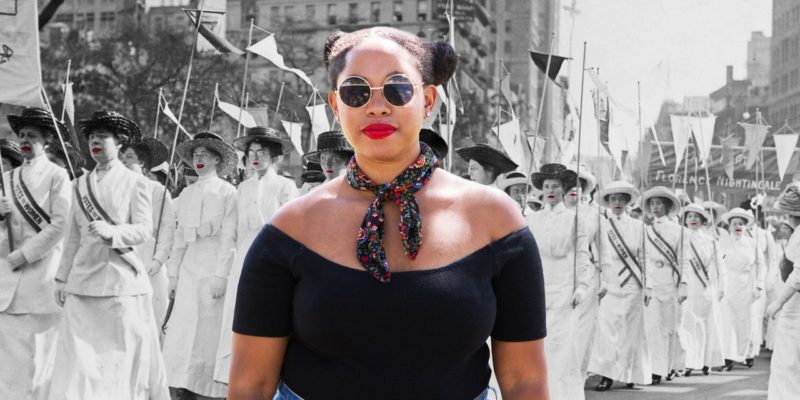
“The mostly white women I saw in movies wearing red lipsticks were seen as strong and sexy but if I wore a red lip, my mother and grandmother insisted I looked trashy or even slutty,” she tells Allure. “I realize now their perspective stemmed from a deep, unspoken concern that my race could be perceived [in] a variety of ways to the unknowing eye and therefore it was always better to play it safe, not draw too much attention for speculation.”
The idea of blending in or assimilating to fit the idea of a “good minority” is psychologically harmful, especially to a young person wanting to experiment with creating their own identity through makeup. Finding confidence through bold colors shouldn’t be something that is frowned upon — and wearing these colors shouldn’t make someone feel bothered.
“Until recently, I stayed away from red. Part of that was due to my parents concerns etched deep in my brain but also because of my own concern that I didn’t belong to the select group who wore red lipstick and were seen as strong and beautiful,” Odimar explains. “Instead I’d be in that other group that didn’t belong or deserve to stand out. It wasn’t until about two years ago that I discovered my love of red lipstick. I’ve embraced that I don’t care as much if people think I should or shouldn’t be wearing red. When I wear it, I feel powerful.”
Red lipstick remains a powerful symbol of protest, but as writer Darian Harvin explains to Allure, it has also become a way for women of color to express themselves and, in doing so, challenging expectations of what is appropriate for them to wear, especially in a professional setting.
Lipstick aside, Black women are still overlooked in the beauty industry, despite being one of the largest group of consumers in the category. For years, women Black women have seen themselves erased or totally unrepresented by foundation shades, primers, and even sunscreens. And, when it comes to wearing specific products, like red lipstick, the division between white women and women of color becomes even more apparent. Lipsticks with white bases and mattes don’t cater to the Black consumer, as Hernandez points out.